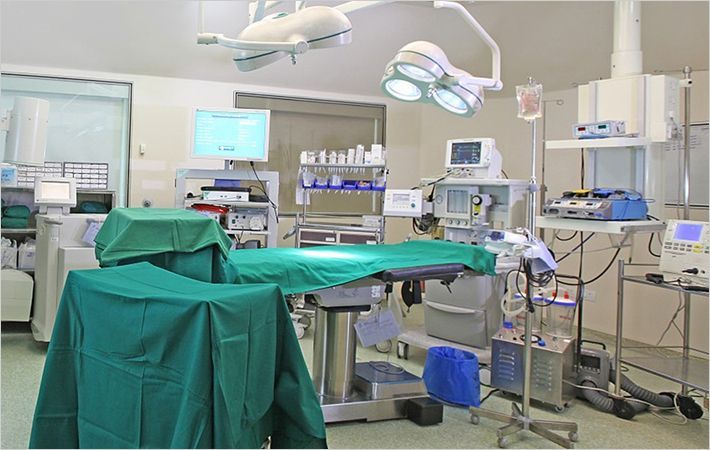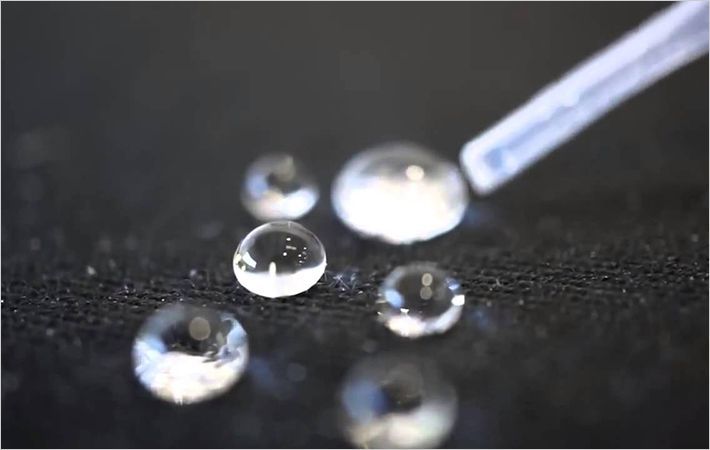We have all been in situations where we wanted to close our ears to unpleasant background noise, e.g. when partying neighbours at the camp site or the flapping of the tent walls kept us from sleeping. Every hunter knows how upsetting it is when a deer gets frightened away by squeaking shoes or rustling coats. And we all know what it is like to be startled by a vehicle suddenly coming into our field of vision because its engine noise had previously been masked by a hood, cap or ski helmet.
Next to the visual sense the sense of hearing is our most important source for stimuli from the environment. Noise is one of the greatest stress factors today – whether at work or during our free time. Scientific studies have shown that noise levels of 40 decibel, which corresponds to low radio music, can already lower powers of concentration by 30 - 40 %. At the same time acoustic perception is essential for recognising danger in time. Both aspects have to be taken into account during the development of equipment and sports and leisure clothing. We have all been in situations where we wanted to close our ears to unpleasant background noise, e.g. when partying neighbours at the camp site or the flapping of the tent walls kept us from #
The internationally recognised Hohenstein Institute in Bönnigheim has accordingly been working on measuring, evaluating and optimising the acoustic properties of textile products for some time.
In addition to the absorption of noises from the environment the team of Dr Jan Beringer is paying particular attention to the sounds generated by the textiles themselves: 'We create individual test scenarios depending on the field of application of the products. On a tent or tarp for example the active shielding of environmental noise plays a part as well as the background noise which is generated by the material and the design through the influence of wind and weather. For clothing, shoes and sleeping bags however we mainly take into account the sounds which are caused by the movements of the wearer or the sleeping person. Helmets, caps and hoods on the other hand should actually offer some level of noise protection, not in the least to aid the wearer's concentration. But this must not result in warning signals from our environment being shut out completely.'
Hohenstein Institute

